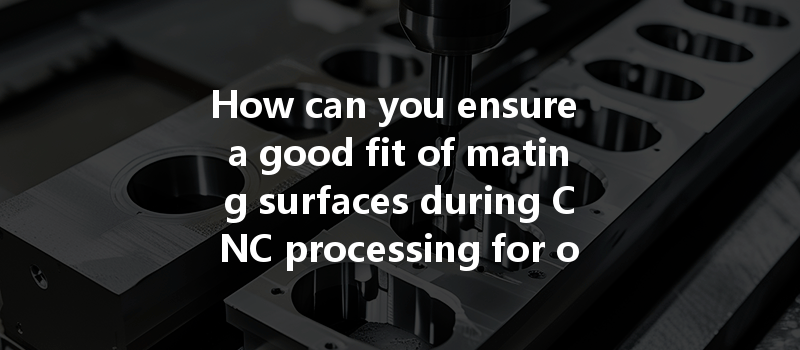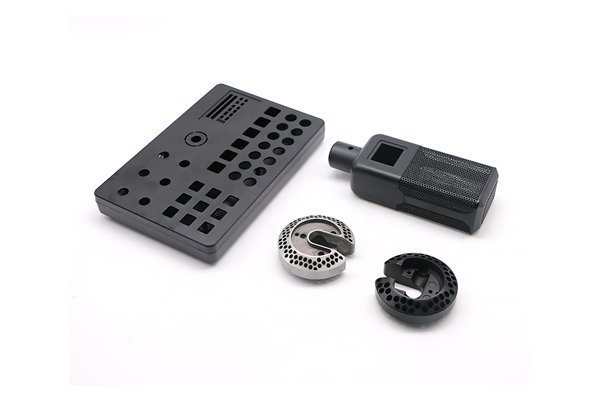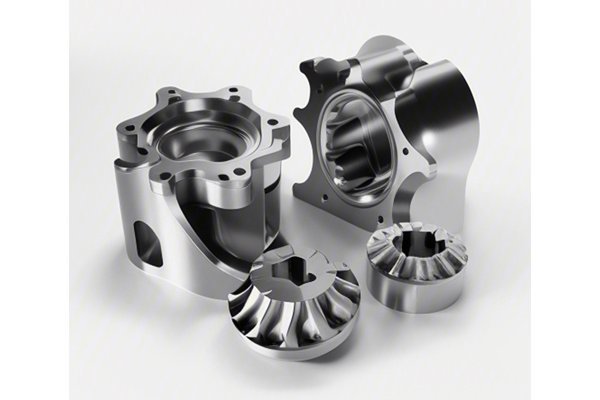Opening
Did you know that a staggering 80% of mechanical failures can be attributed to poor fit or alignment in mating surfaces? This startling statistic highlights the importance of precision in CNC (Computer Numerical Control) processing, particularly when it comes to creating parts that must interlock or function together seamlessly. Whether you’re crafting intricate machine parts, automotive components, or other high-precision items, ensuring that mating surfaces fit together correctly can significantly affect the performance and longevity of the finished product. In this article, we will explore the strategies and best practices for achieving optimal mating surface fit during CNC processing.
Understanding Mating Surfaces
Before delving into the specifics of ensuring well-fitted mating surfaces, it’s important to understand what these surfaces are and why they matter. Mating surfaces are the areas of two parts that come into contact with each other. The fit of these surfaces can be categorized into three primary types: tight fit, clearance fit, and interference fit. Each type of fit has its specific applications and implications on how two parts interact within a mechanical system.
Factors Influencing Mating Surface Fit
Achieving the desired mating surface fit during CNC processing involves multiple factors, including material properties, machining tolerances, tooling, and the CNC equipment used. Below are key considerations that CNC machinists should keep in mind.
The choice of material significantly affects how parts can be machined to achieve a good fit. Different materials react differently to machining processes, and understanding these properties is crucial.
Tolerances refer to the allowable variation in the dimensions of parts. Setting appropriate tolerances is crucial for ensuring that mating surfaces fit correctly. Tighter tolerances lead to better-fitting components but require more sophisticated machining processes, thereby increasing production costs.
Proper tooling plays an integral role in the machining process. Selecting the right cutting tools allows for more precise machining, thus enhancing the quality of the mating surfaces.
Utilizing advanced CNC equipment and fine-tuning process parameters will lead to significantly better outcomes during machining. Key aspects to consider include:

Best Practices for Achieving Optimal Mating Surface Fit
To ensure that mating surfaces fit correctly, practicing a combination of methods and strategies is essential. Here are some best practices to incorporate into your CNC processes:
A well-thought-out design will lay the foundation for achieving a good fit at the machining stage.
Neglecting the maintenance of CNC machinery can lead to increased wear, reduced precision, and consequently, poorer mating surface fits.
Once the machining is complete, employing thorough inspection techniques is essential to ascertain that mating surfaces fit as intended.
Feedback loops in the CNC machining process allow companies to improve continually. By monitoring production data, machinists can identify trends, anomalies, and opportunities for performance enhancements.
In summary, ensuring a good fit of mating surfaces during CNC processing is a multifaceted task that demands attention to detail at every stage—design, material selection, machining, and inspection. Key technologies such as geometric tolerancing, advanced CNC equipment, and modern inspection techniques play pivotal roles in achieving optimal results.
By adhering to best practices and emphasizing continuous improvement, manufacturers can reduce the incidence of mechanical failure caused by poor mating surface fits, ultimately enhancing the quality, performance, and longevity of their products. As industries evolve and strive for greater precision, understanding the importance of these processes in CNC machining has never been more pertinent. Thus, it’s crucial for manufacturers and engineers alike to continuously explore the technological advancements and techniques that keep them at the forefront of the CNC machining landscape.






